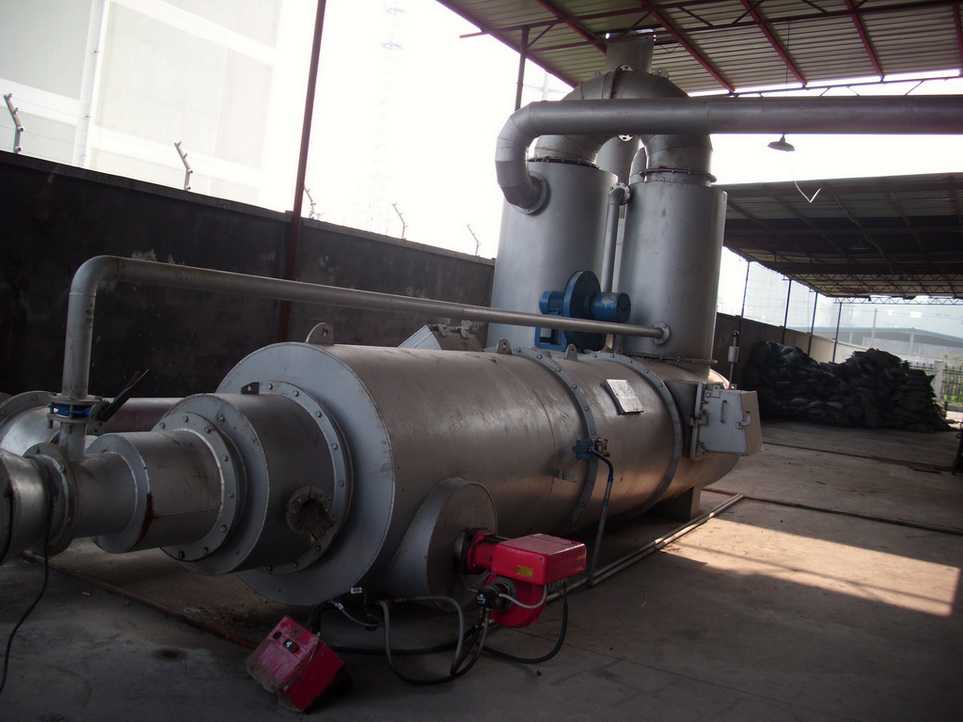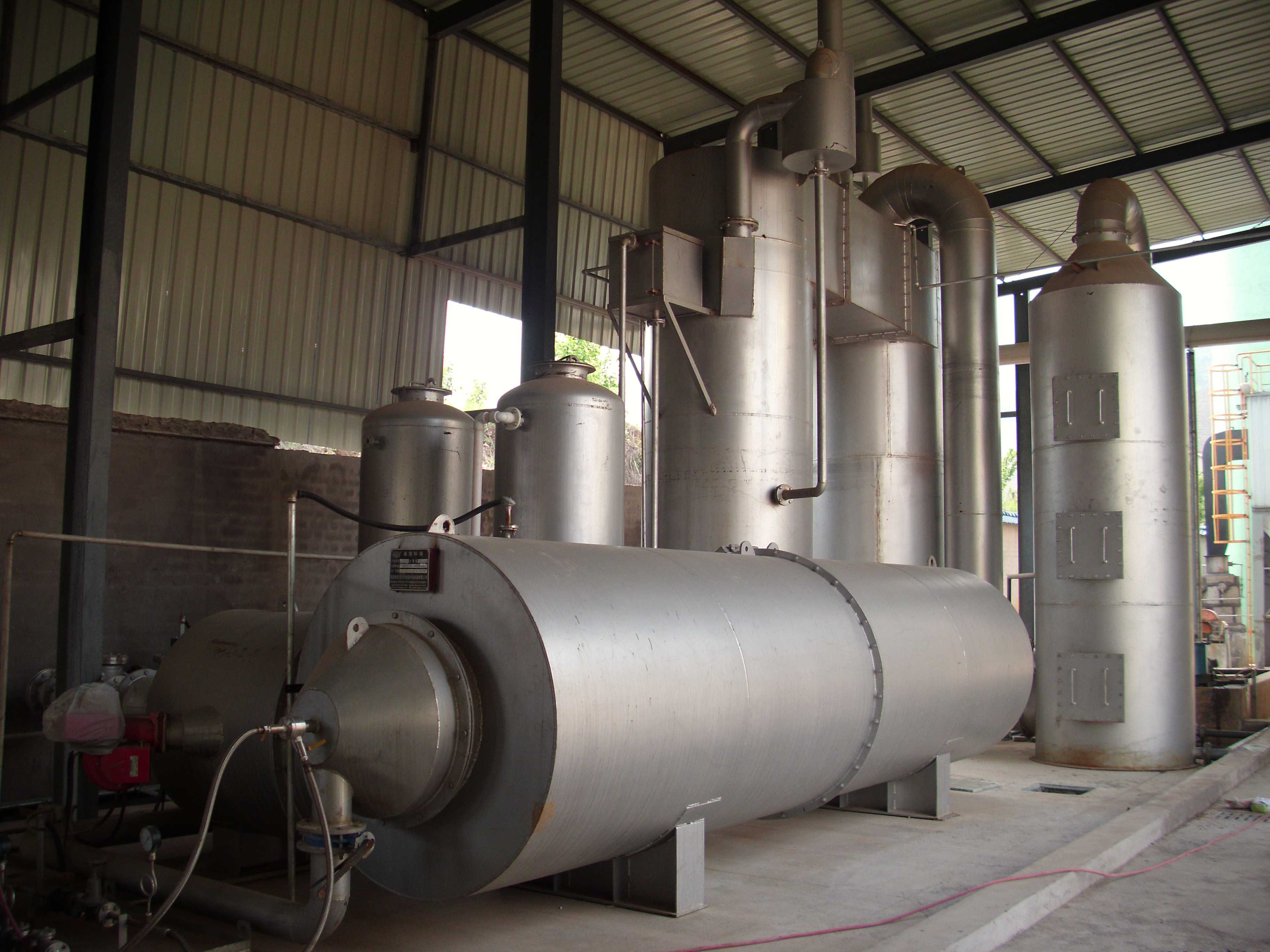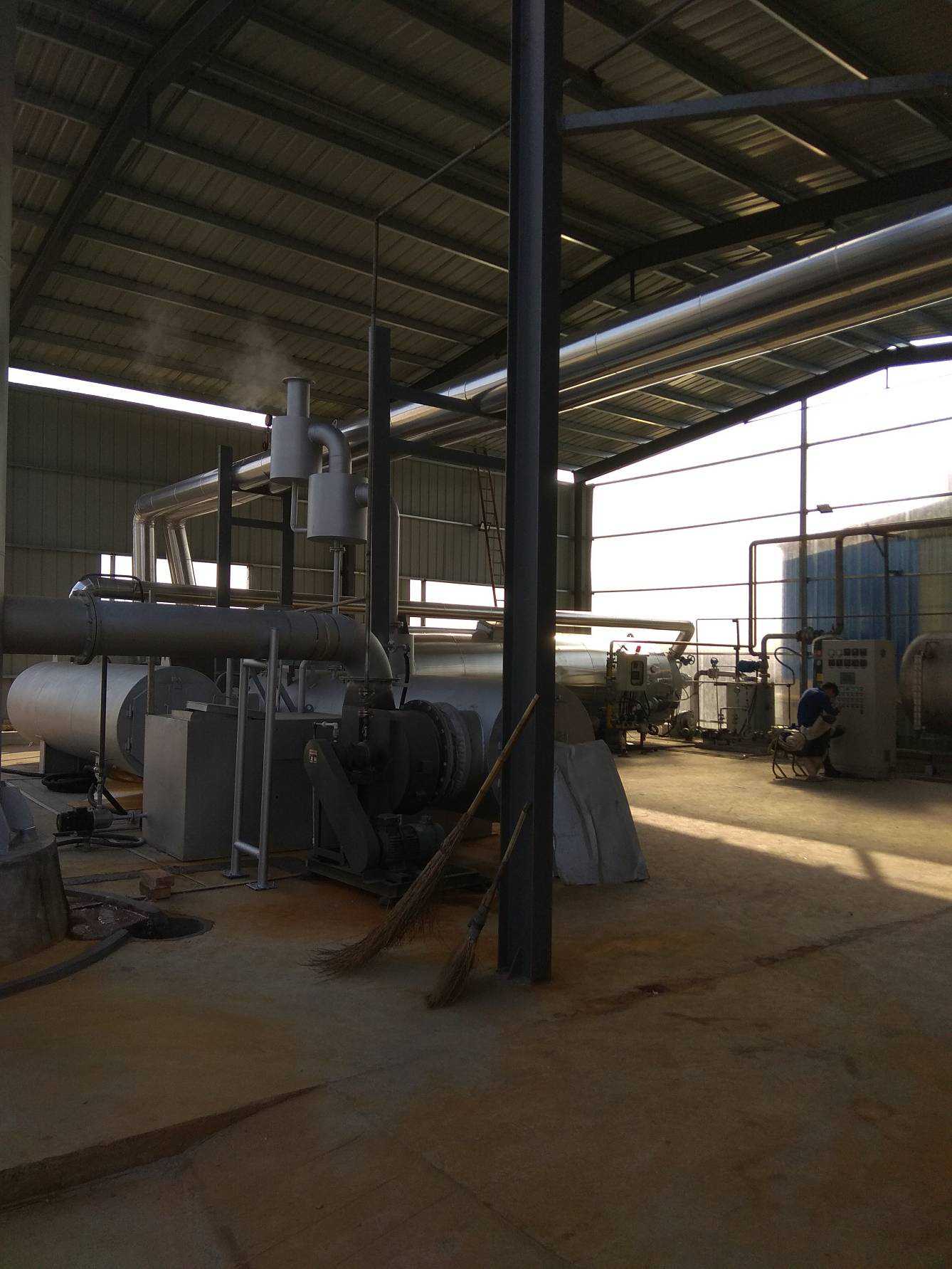Exhaust gas incinerator
Product introduction
The waste gas incinerator is a machine that ignites the heat generated by the auxiliary material, and raises the temperature of the flammable harmful substance to reflect the temperature, thereby generating the oxidation and dissolution of the air. Exhaust gas incinerators have "direct combustion" and "heat storage". To put it bluntly, "direct combustion" means that only the exhaust gas is burned, and the heat is not acquired. However, most of the waste gas incinerators used in the CCL manufacturing industry have acquired heat for heating the gluing machine. In fact, the basic principles of "direct combustion" and "heat storage" are the same, and the difference is only the difference between the presence or absence of heat storage materials in the furnace. The waste gas incinerator is suitable for the treatment of organic waste gas from paint and dryer equipment, and the hazardous gas released from the manufacturing industries such as petrochemical equipment and pharmaceuticals. It also explains its environmental protection function, energy saving project, starting process, mechanical failure and so on.

The waste gas incinerator uses the heat generated by the auxiliary material to ignite the temperature of the flammable harmful substance to reflect the temperature, thereby generating air oxidation and dissolution. Exhaust gas incinerator, suitable for organic waste gas treatment of paint and dryer equipment, and hazardous purification gas released by the petrochemical equipment, pharmaceutical industry and other manufacturing industries. The purification gas of water-soluble or viscous chemicals and polymer materials in industrial waste gas shows its advantages. Considering environmental protection and labor protection regulations, together with the improvement of thermal equipment, it will exceed the goal of waste heat recovery, recycling and energy conservation.
The incinerator is a furnace with a high-aluminum refractory insulation material lining the inner cavity. The surrounding design is conceived with an oxygen-filled air hole, which makes the exhaust gas more strongly touch the gas. The light diesel oil in the diesel storage tank is transmitted to the pipeline according to the pipeline. The burner is ignited by a fully automatic ignition device, and the software of the exhaust gas transportation system is opened. The exhaust gas is ignited by a burner to rapidly generate a redox reaction. The incineration process is designed according to the three-T standard (temperature, time, vortex), and the exhaust gas. After entering the incinerator, the flame is ignited at a rate of 2-3 m/s along the main ignition cylinder of the furnace itself, and radial fitness is carried out along the furnace wall at a rate of 2-3 m/sec, greatly increasing the exhaust gas. The waiting time of the high temperature flame area, the strong gas velocity of 2-3 m / s constitutes a staggered closed fire network, so that the flame vortex is sufficient to ignite, and then the self-spray desulfurization tower removes harmful harmful components in the smoke, and is discharged into the air through the chimney in.
At present, the technicalization of waste gas incineration has already matured, and it has obtained excellent economic benefits. However, the technicality of incineration treatment is not sound. According to the development trend in recent years, it has found many unique characteristics:

(1) The technical development trend of waste gas incineration treatment is becoming more and more perfect. With the application of new technologies for organic waste gas treatment, the structure of incineration treatment equipment is constantly improving, because many high-tech technologies are used in incineration treatment system software to promote waste gas incineration treatment. Technical development towards high-tech. Together, the use of excellent automation control technology and scientific research novelty design, so that the exhaust gas incineration treatment technology tends to be sound.
(2) The incineration treatment is technically oriented towards the development of intelligent orientation. The modern incineration treatment system software not only has the function of solving the exhaust gas, but also has several functions such as power generation, power supply system, heating, and gas path.

(3) The incineration treatment is technically oriented towards the development trend of resource utilization. The use of waste heat recovery caused by incineration to generate electricity and produce superheated steam not only can handle electricity consumption and natural gas requirements, but also save resources and keep power and energy reuse. Together, resource conservation is the overall goal pursued by burning places around the world. Such as improving the high efficiency of the incinerator and the heat utilization rate of the waste heat boiler, reducing the heat damage in the whole process of the smoke exhaust system, thereby improving the utilization rate of electric energy.
Construction
Exhaust gas incinerators have "direct combustion" and "heat storage". To put it bluntly, "direct combustion" means that only the exhaust gas is burned, and the heat is not acquired. However, most of the waste gas incinerators used in the CCL manufacturing industry have acquired heat for heating the gluing machine. In fact, the basic principles of "direct combustion" and "heat storage" are the same, and the difference is only the difference between the presence or absence of heat storage materials in the furnace.
